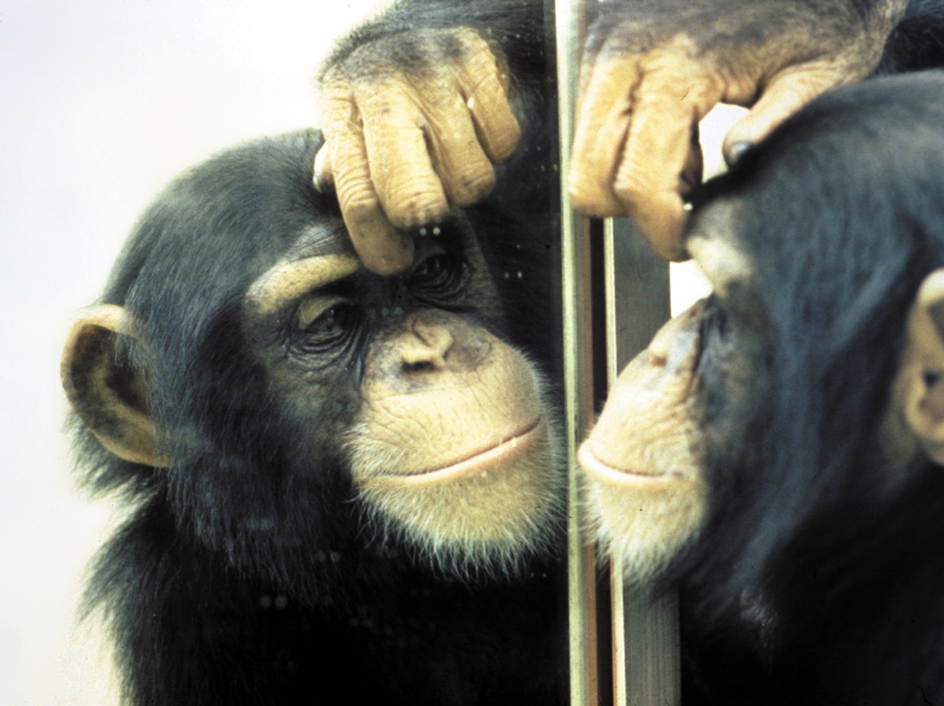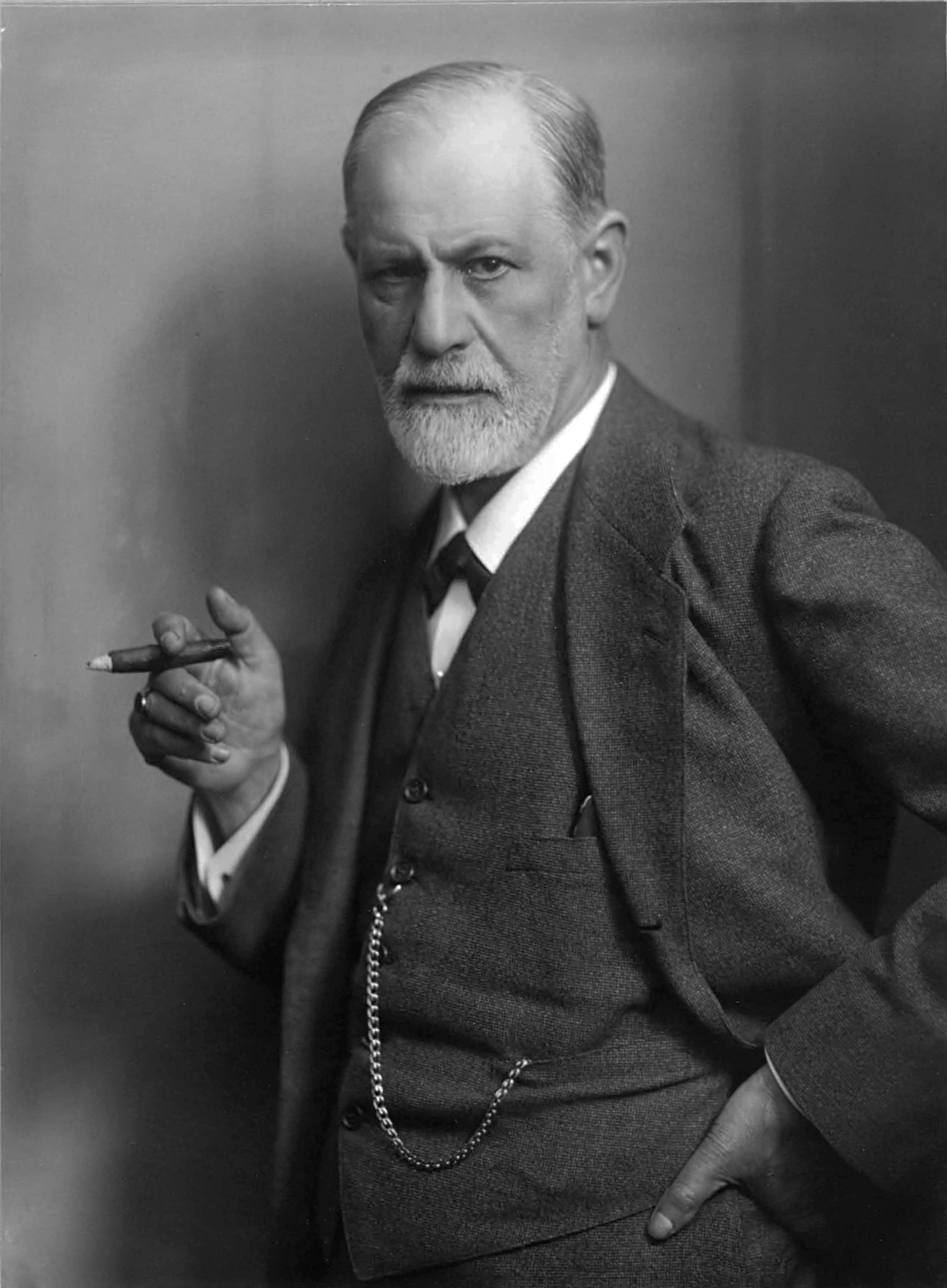Psychology is the scientific study of mental processes and behavior. Psychologists observe and record how people and other animals relate to one another and to the environment. They look for patterns that will help them understand and predict behavior, and they use scientific methods to test their ideas. Through such studies, psychologists have learned much that can help people fulfill their potential as human beings and increase understanding between individuals, groups, nations, and cultures.
Psychology is a broad field that explores a variety of questions about thoughts, feelings, and actions. Psychologists ask such questions as: “How do we see, hear, smell, taste, and feel? What enables us to learn, think, and remember, and why do we forget? What abilities are we born with, and which must we learn? How do our abilities change as we grow older? How much does the mind affect the body, and how does the body affect the mind? For example, can we change our heart rate or temperature just by thinking about doing so? What can our dreams tell us about our needs, wishes, and desires? Why do we like the people we like? Why are some people bashful and others not shy at all? What causes violence? What is mental illness, and how can it be treated?”
The research findings of psychologists have increased our understanding of why people behave as they do. For example, psychologists have discovered much about how personality develops and how to promote healthy development. They have some knowledge of how to help people change bad habits and how to help students learn. They understand some of the conditions that can make workers more productive.
A great deal remains for psychologists to discover. Nevertheless, insights provided by psychology can help people function better as individuals, friends, family members, and workers.
Psychology and other sciences
Psychology is closely related to the natural science of biology. Like many biologists, psychologists study the abilities, needs, and activities of human beings and other animals. But psychologists focus on the workings of the nervous system, especially the brain.

Psychology is also related to the social sciences of anthropology and sociology, which deal with people in society. Like anthropologists and sociologists, psychologists investigate the attitudes and relationships of human beings in social settings. These three academic disciplines often study the same kinds of problems from different perspectives. However, psychologists concentrate on individual behavior. They are especially interested in the beliefs and feelings that influence a person’s actions.
In addition, psychology is similar to a medical field called psychiatry. Most psychologists have an M.A. or Ph.D. degree and may or may not specialize in the treatment of psychological disorders. Psychiatrists, on the other hand, have an M.D. degree and devote themselves to treating psychological disorders.
Methods of psychological research
In their research, psychologists use much the same approach as other scientists do. They develop theories, also called hypotheses, which are possible explanations for what they have observed. They then use scientific methods to test their hypotheses. The chief techniques used in psychological research include (1) naturalistic observation, (2) systematic assessment, and (3) experimentation.
Naturalistic observation
involves watching the behavior of human beings and other animals in their natural environment. For example, a researcher might study the activities of chimpanzees in the wild. The psychologist looks for cause-and-effect relationships between events and for broad patterns of behavior.
Psychologists conducting such studies try to observe a group large enough and typical enough to accurately reflect the total population. Such a group is called a representative sample. Observers also attempt to keep their personal views from influencing the study. In addition, psychologists try to prevent their presence from affecting the behavior being observed. A careful scientist hides from sight or remains on the scene long enough to become a familiar part of the environment.
Naturalistic observation is a valuable source of information to psychologists. The research itself has less effect on the subjects’ behavior than a controlled experiment does. But observation alone seldom proves a cause-and-effect relationship between two or more events. As a result, psychologists use naturalistic observation chiefly as an exploratory technique to gain insights and ideas for later testing.
Systematic assessment
is the general name for a variety of organized (systematic) methods used to examine (assess) people’s thoughts, feelings, and personality traits. The chief types of systematic assessment include case histories, surveys, and standardized tests.
A case history is a collection of detailed information about an individual’s past and present life. Nearly all clinical psychologists gather case histories of their patients to help them understand and treat the patients’ problems. A psychologist who notices similar experiences or patterns of thought in several case histories may gain insight into the causes of certain emotional disorders.
A survey, sometimes in the form of a public opinion poll, is a study that measures people’s attitudes and activities by asking the people themselves. Surveys provide information on attitudes and behaviors, such as political views or consumer buying habits, and many other topics. A psychologist conducting a survey prepares carefully worded questions. The researcher may interview participants personally or mail questionnaires to them. If the psychologist wishes to form general conclusions, the survey must collect responses from a representative sample of individuals.
A standardized test is an examination for which average levels of performance have been established and which has shown consistent results. In addition, uniform methods of administering and scoring the test must have been developed. Psychologists use standardized tests to help measure abilities, aptitudes, interests, and personality traits. For example, most students who plan to attend college take a standardized test called a college entrance examination during their junior or senior year in high school. This test measures some of the abilities thought to contribute to a student’s success in college.
Still other tests, called projective tests, yield clues to a person’s inner feelings. In a Rorschach test, for example, the subject describes what he or she sees in a series of inkblots. In the Thematic Apperception Test, the subject invents a story about the characters in each of a series of pictures. Psychologists can interpret responses on these tests as expressions of an individual’s personality.
Case histories, surveys, and standardized tests enable psychologists to gather much information that they could not detect by naturalistic observation. However, the accuracy of the information gathered from such sources depends on well-designed studies and on truthful, complete responses from the individuals who participate.
Experimentation
helps a psychologist discover or confirm cause-and-effect relationships in behavior. In a typical experiment, the researcher divides subjects at random into two groups. One group is called the experimental group, and the other is called the control group. For the experimental group, the researcher changes conditions that will likely affect the subjects’ behavior and holds all other factors constant. The experimenter does nothing to the control group. If the experimental group behaves differently from the control group, the changed conditions probably caused the difference in behavior.
Other experiments involve repeated testing of the same subjects under different conditions. For example, a study might test how alcohol affects people’s driving. Each subject would take a driving test on a laboratory simulator while sober and then repeat the test after drinking a prescribed amount of alcohol. Any difference in performance would probably be due to the alcohol consumed.
The experimental method enables scientists to test a theory under controlled conditions. But many psychologists hesitate to form conclusions based only on laboratory investigations. In many cases, people’s behavior changes simply because they know they are part of an experiment.
History
Beginnings.
Since ancient times, philosophers and people in general have wondered why human beings and other animals behave as they do. The origins of psychology are often traced to the ancient Greek philosopher Aristotle, who was chiefly interested in what the human mind could accomplish. Aristotle believed that the mind or soul, which the Greeks called the psyche, was separate from the body. He thought the psyche enabled people to reason and was the source of the highest human virtues. The word psychology comes from the Greek words psyche (mind or soul) and logia (study).
During the Middle Ages, scholars studied behavior chiefly from a religious rather than a scientific viewpoint. However, several philosophers of the 1600’s and 1700’s made contributions to the development of psychology. Rene Descartes, a French philosopher, described the body and mind as separate structures that strongly influenced each other. He suggested that the interaction between body and mind took place in the pineal gland, a tiny organ in the brain.

Descartes also believed that people were born with the ability to think and reason. This doctrine, called nativism, was rejected in the late 1600’s and early 1700’s by a group of philosophers called empiricists. These thinkers, including Thomas Hobbes and John Locke of England, David Hume of Scotland, and George Berkeley of Ireland, believed the mind is empty at birth. They thought that knowledge of the outside world comes only through the senses, and that ideas result from people’s experiences in life.
Psychology becomes a science.
In the mid-1800’s, two German scientists—the physiologist Johannes P. Muller and the physicist and physiologist Hermann L. F. von Helmholtz—began the first systematic studies of sensation and perception. Their work showed that the physical processes underlying mental activity could be studied scientifically.
But psychology did not develop into a science based on careful observation and experimentation until the late 1800’s. The American philosopher William James founded the first psychology laboratory in the United States and wrote the first psychology textbook, Principles of Psychology (1890). A similar laboratory was established in Germany by Wilhelm Wundt. Wundt, a philosopher trained in medicine and physiology, also edited the first journal of experimental psychology. The work of James and Wundt marked the beginning of psychology as a distinct field that was separate from philosophy.
From the late 1800’s until the 1930’s, psychologists were divided about what they should study and how they should study it. Four major schools developed. These schools were (1) structuralism, (2) behaviorism, (3) Gestalt psychology, and (4) psychoanalysis.
Structuralism
grew out of the work of James, Wundt, and their associates. These psychologists believed the chief purpose of psychology was to describe, analyze, and explain conscious experience, particularly feelings and sensations. The structuralists attempted to give a scientific analysis of conscious experience by breaking it down into its specific components or structures. For example, they identified four basic skin sensations: warmth, cold, pain, and pressure. They analyzed the sensation of wetness as the combined experience of cold and smoothness.
The structuralists primarily used a method of research called introspection. In this technique, subjects were trained to observe and report as accurately as they could their mental processes, feelings, and experiences.
Behaviorism
was introduced in 1913 by John B. Watson, an American psychologist. Watson and his followers believed that observable behavior, not inner experience, was the only reliable source of information. This concentration on observable events was a reaction against the structuralists’ emphasis on introspection. The behaviorists also stressed the importance of the environment in shaping an individual’s behavior. They chiefly looked for connections between observable behavior and stimuli from the environment.
The behaviorist movement was greatly influenced by the work of the Russian physiologist Ivan P. Pavlov. In a famous study, Pavlov rang a bell each time he gave a dog some food. The dog’s mouth watered when the animal smelled the food. After Pavlov repeated the procedure many times, the dog’s saliva began to flow whenever the animal heard the bell, even if no food appeared. This experiment demonstrated that a response—such as the flow of saliva—can become associated with a stimulus other than the one that first produced it—in this case, the sound of a bell instead of the smell of food. The learning process by which a response becomes associated with a new stimulus is called conditioning.

Watson and the other behaviorists realized that human behavior could also be changed by conditioning. In fact, Watson believed he could produce almost any response by controlling the rewards and punishments in an individual’s environment.
During the mid-1900’s, the American psychologist B. F. Skinner gained much attention for behaviorist ideas. In his book Walden Two (1948), Skinner describes how the principles of conditioning might be applied to create an ideal planned society.
Gestalt psychology,
like behaviorism, developed as a reaction against structuralism. Gestalt psychologists believed that human beings and other animals perceive the external world as an organized pattern, not as individual sensations. For example, a motion picture consists of thousands of individual still pictures, but we see what looks like smooth, continuous movement. The German word Gestalt << `guh` SHTAHLT >> means pattern, form, or shape. Unlike the behaviorists, the Gestaltists believed that behavior should be studied as an organized pattern rather than as separate incidents of stimulus and response. The familiar saying “The whole is greater than the sum of its parts” expresses an important principle of the Gestalt movement.
Gestalt psychology was founded about 1912 by Max Wertheimer, a German psychologist. During the 1930’s, Wertheimer and two colleagues brought the Gestalt movement to the United States. For more information, see Gestalt psychology .
Psychoanalysis
was founded during the late 1800’s and early 1900’s by the Austrian physician Sigmund Freud. Psychoanalysis was based on the theory that behavior is determined by powerful inner forces, most of which are buried in the unconscious mind. According to Freud and other psychoanalysts, people repress (force out of conscious awareness) any desires or needs that are unacceptable to themselves or to society. The repressed feelings can cause personality disturbances, self-destructive behavior, or even physical symptoms.

Freud developed several techniques to bring repressed feelings to the level of conscious awareness. In a method called free association, the patient relaxes and talks about anything that comes to mind while the therapist listens for clues to the person’s inner feelings. Psychoanalysts also try to interpret dreams, which they regard as a reflection of unconscious drives and conflicts. The goal of psychoanalysis is to help the patient understand and accept repressed feelings and find ways to deal with them.
Modern psychology
has incorporated many teachings of the earlier schools. For example, though many psychologists disagree with certain of Freud’s ideas, most accept his concept that the unconscious plays a major role in shaping behavior. Similarly, most psychologists agree with the behaviorists that environment influences behavior and that they should study chiefly people’s observable actions. However, many psychologists object to pure behaviorism. They believe that it pays too little attention to biological and cognitive processes.
A school called humanistic psychology developed as an alternative to behaviorism and psychoanalysis. Humanistic psychologists believe individuals are controlled by their own values and choices and not entirely by the environment, as behaviorists think, or by unconscious drives, as psychoanalysts believe. The goal of humanistic psychology is to help people function effectively and fulfill their own unique potential. The supporters of this approach included the American psychologists Abraham H. Maslow and Carl R. Rogers.
A group of psychologists known as the cognitive school believe there is more to human nature than a series of stimulus-response connections. These psychologists concentrate on such mental processes as thinking, reasoning, and self-awareness. They investigate how a person gathers information about the world, processes the information, and plans responses.
Other psychologists are interested in the biological processes related to behavior and cognition (the process by which people acquire knowledge, solve problems, and make plans). Neuroscientists study how processes in the brain and nervous system create individual experiences associated with thoughts, emotions, and senses. Behavioral geneticists look for links between genes and behavior or personality.
The sociocultural perspective recognizes the role of the social and cultural environment in cognition and behavior. Psychologists working from this perspective view even themselves as subject to the cultural and historical context in which they live.
Many psychologists do not associate themselves with a particular school or theory. Instead, they select and use what seems best from a wide variety of sources. This approach is called eclecticism.
Careers in psychology
Most individuals who become psychologists begin by earning a bachelor’s degree in psychology at a college or university. Some jobs in psychology require only a bachelor’s or master’s degree. But, for the broadest range of career opportunities, a psychologist needs a doctoral degree. Most individuals who plan to become clinical psychologists also serve at least a year as an intern at a psychological clinic. Psychology interns treat patients, but they work under the supervision of experienced therapists.
Many psychologists work for educational institutions, including colleges, universities, and public school systems. Most psychologists at such institutions combine several interests by teaching, conducting research, and serving as counselors or therapists. Many other psychologists hold jobs in hospitals, clinics, mental health centers, government agencies, research organizations, consulting firms, or business companies. Still others are self-employed.
In the United States, a person who plans to have a private practice as a psychologist must be licensed by the state. Most states require that such a person have a doctoral degree. The chief professional organizations for psychologists in the United States are the American Psychological Association (APA) and the Association for Psychological Science (APS).
